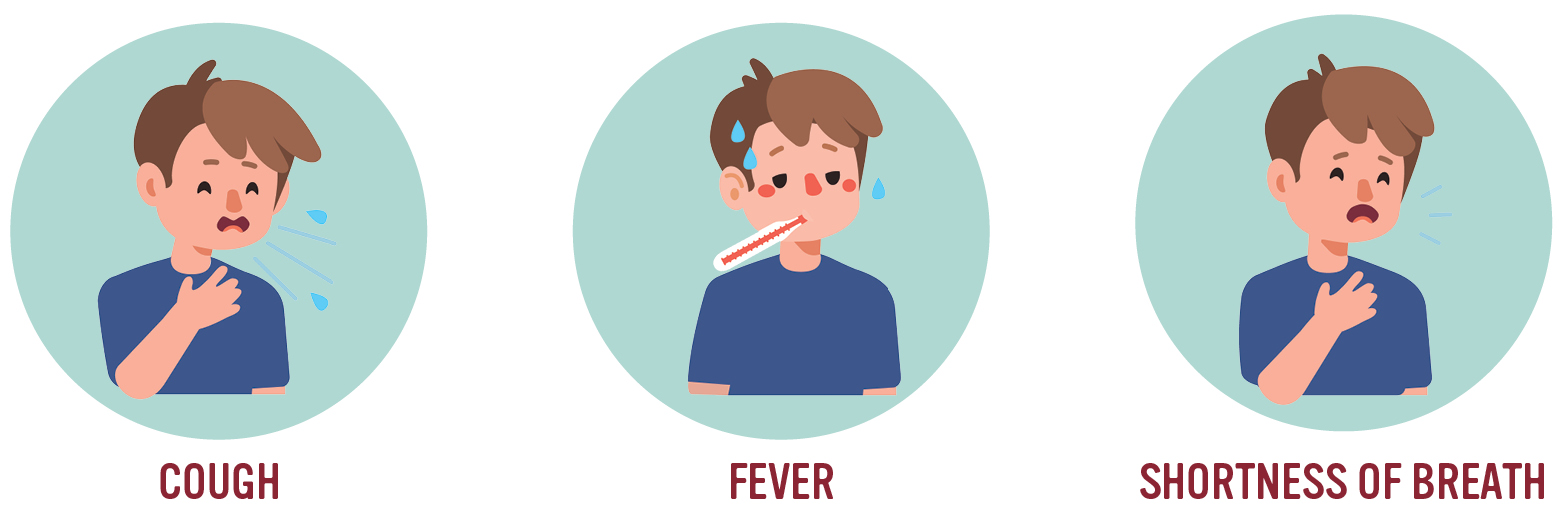
Recent research has shown that children between the ages of 2 and 15 who are infected with COVID-19 may develop MIS-C. Multisystem inflammatory syndrome in children (MIS-C) is characterized by inflammation in various parts of the body, including the heart, kidneys, lungs, eyes, skin, brain or gastrointestinal organs. What is multisystem inflammatory syndrome in children and how does it relate to COVID-19? Left untreated, this condition can cause serious health problems. Possible symptoms of COVID-19 infection in children include:Įven though most children who become infected don’t experience severe COVID symptoms, some may develop a condition called multisystem inflammatory syndrome. Sometimes, infected children show no signs of being sick at all. The opening of Australia’s COVID-19 vaccination program for 12-15-year-olds in September 2021 will be extended to all children aged 5–11 from 10 January 2022.In most cases, COVID-19 symptoms in kids are milder than the symptoms experienced by adults with the virus.

The study also serves as a timely reminder of the importance of vaccination. The authors conclude that ‘a high grade of suspicion should be maintained in school-aged children and adolescents as well as all children presenting with abdominal pain, leucopaenia, and elevated inflammatory markers’ to ensure prompt diagnosis, management and prevention of serious complications. More than 8% of children included in the study had multisystem inflammatory syndrome, defined as fulfilling the CDC criteria. While there have been no COVID-related deaths in children aged under nine in Australia to date, two children aged between 10 and 19 have died.Īnd with potentially more children set to placed at risk due to Omicron, the Italian study raises renewed concerns around severe disease in children, including life-threatening multisystem inflammatory syndrome, which was first linked to COVID-19 in May 2020. A spokesperson indicated this is because the number of total active cases the DoH receives from each jurisdiction each day is not disaggregated by age. The Department of Health (DoH) was unable to provide newsGP with national statistics on active COVID cases, as it did not have that information to hand. Over the past week alone, there has been a 39% increase in hospitalisation rates among children under five.īack on home soil, data predating Omicron from the National Centre for Immunisation Research and Surveillance in June and July suggested transmission at schools and early childhood education and care services was occurring at a rate five times higher than in 2020.Īdditionally, there are currently 2561 COVID-positive children in Victoria aged 0–9, 570 cases more than the 1991 recorded in the next highest cohort (30–39-year-olds). Recent data from South Africa’s National Institute for Communicable Diseases shows children under the age of five represent almost 10% of hospital admissions.



This latest research comes as Australia sees its first Omicron surge, with children appearing to be more at risk. The presence of severe symptoms was also associated with a higher chance of hospital and ICU admission. Researchers found that 10% experienced severe gastrointestinal (GI) manifestations within 4–6 weeks of infection, including appendicitis, intussusception, pancreatitis, abdominal fluid collection and diffuse adenomesenteritis.Ĭhildren with abdominal pain, lymphopaenia, multisystem inflammatory syndrome and those between the ages of 5–10 were more likely to experience severe GI manifestations. The retrospective cohort study from Italy followed 685 COVID-positive children under the age of 18 between February 20. Studies have linked COVID-19 with severe gastrointestinal symptoms in children. One in 10 children with COVID-19 will experience severe gastrointestinal symptoms, according to a new study.


 0 kommentar(er)
0 kommentar(er)
